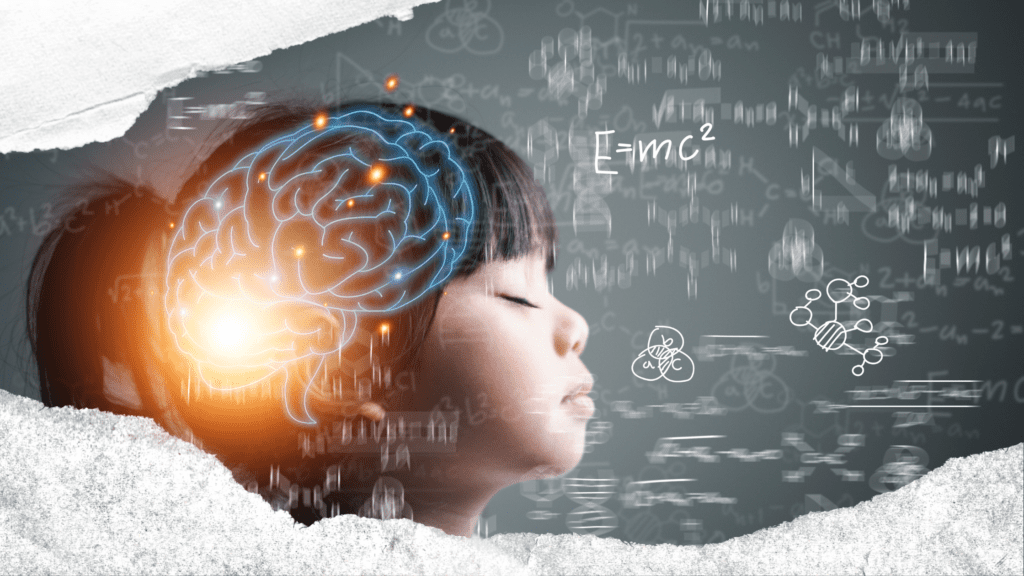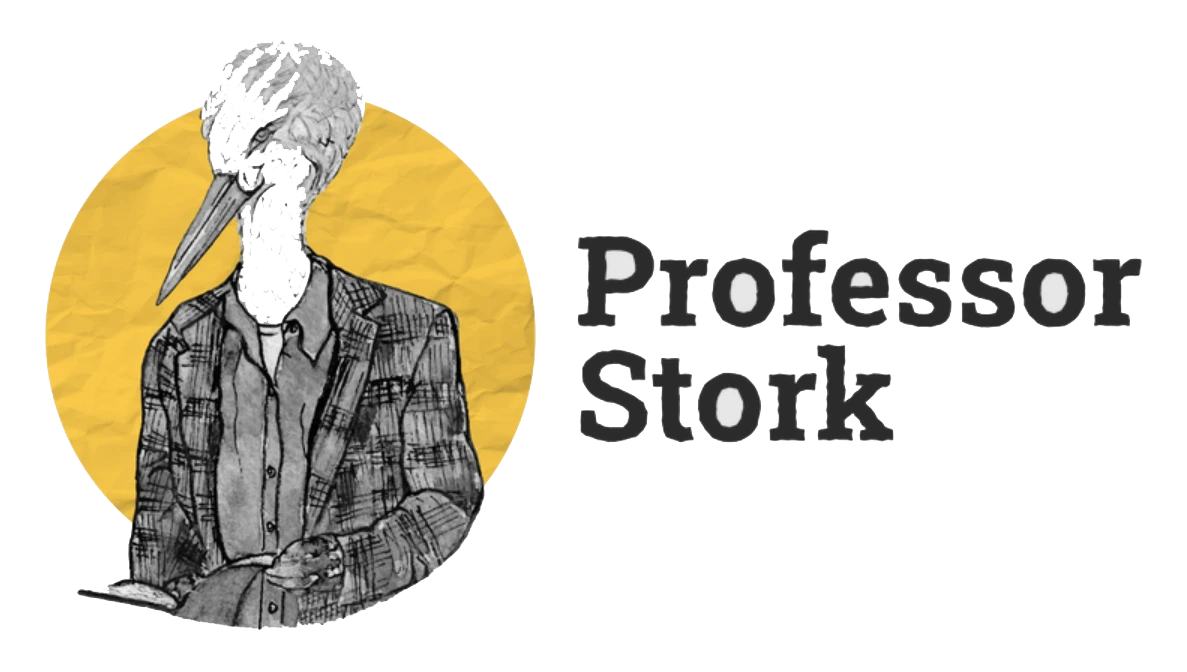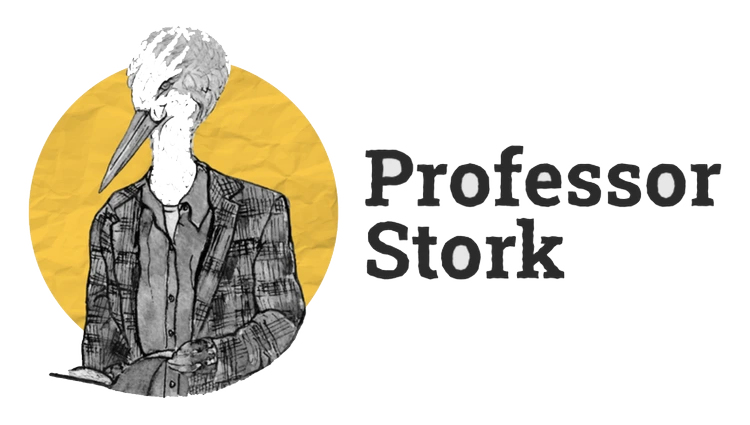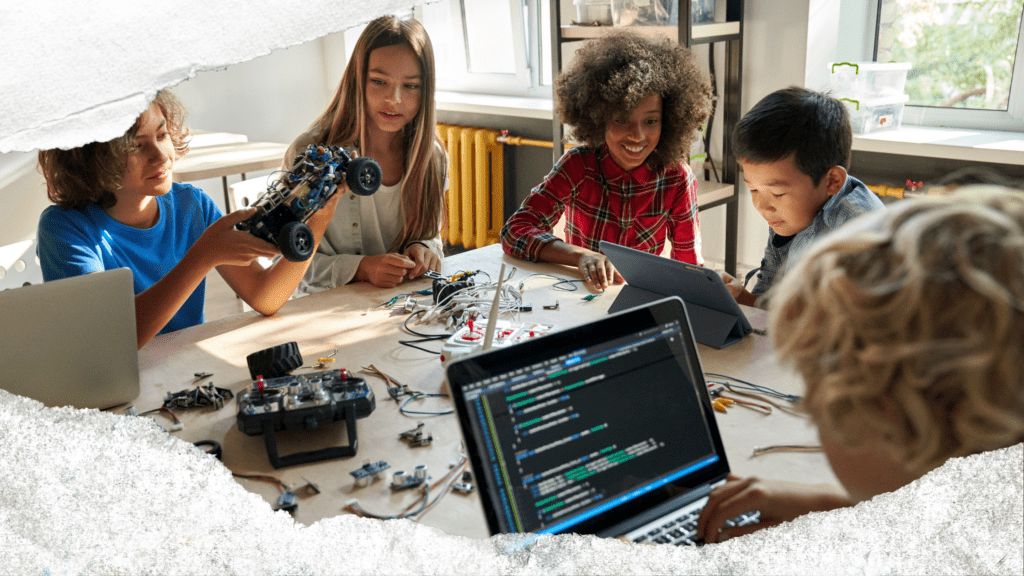AI-Empowered Education


In an ideal AI-empowered education environment AI and educators would work side by side collaboratively to create the optimal learning experience for all children. Not only would they bring different skills and styles to the classroom, over time they would learn to adapt to each others’ style for the benefit of all the children.
In such a perfect world, educators would utilize AI-empowered education effectively to enhance the overall learning experience and support their teaching methodologies, while AI would assist educators in crucial yet time consuming tasks, making their jobs more efficient and giving them more time to focus on knowing the personalities, strengths, weaknesses and learning styles of each individual child in the classroom.
Educators would be free to focus more on the humanistic side of student development including interpersonal relationships, critical thinking, creativity, and social-emotional skills. At the same time AI would handle tasks such as grading, administration, and most importantly personalized curriculum development.
Individualized curriculum has been used successfully in the classroom many times in the past, but it is resource and materials intensive to the point where the cost of maintaining separate materials for each child, and tracking each child’s progress apart from the rest of the class overwhelmed the school’s limited resources. It reached the point where in most cases such programs have gone by the wayside. Using free or nearly free AI bots to develop materials and perform administrative tasks would create a classroom environment that would be more efficient, collaborative, interactive, and engaging – one that would open the door to true individualized instruction.
Equally important , in such a partnership there would be dramatic improvement in each individual child’s educational experience. Again at low to no cost multi-media experiences could truly integrate into the day to day curriculum. The classroom would become more engaging, exciting and interactive. Each child would be working at their own level, neither struggling to keep up nor bored waiting for the rest of the class to catch up. Their time with the teacher would be used to enrich their social and emotional development as well as enhance their overall performance and their AI teacher assistants would keep them moving forward through their curriculum and achieving specific goals set for their personal growth.
AI assistants can learn what types of interaction and materials each child is most responsive to and most engaging, and target those types of materials to keep children actively engaged. For example, materials could be individualized for both visual and auditory learners, or children with longer and shorter attention spans. Children who are slower to learn to read would have alternative materials used to build skills in various subject matter.
As the school year progresses, AI-empowered education would equip educators with valuable insights and analytics on their students’ progress, allowing them to address individual learning needs and styles effectively. A perfect partnership would optimize the personalized learning experience for each student, ensuring they receive support and are challenged according to their abilities and interests.
Moreover, AI could be used for creating adaptive learning tools that tailor educational content based on individual student progress. These tools could enhance learning outcomes and help ensure students remain motivated and engaged throughout their educational journey.
Finally, the perfect partnership between educators and AI would also involve continuous learning and adapting for both. Educators would be required to stay informed about the latest technological advancements that could be incorporated into their teaching process and at the same time, AI systems would continuously improve based on feedback from educators and the data collected.
Parents who are concerned about the use of artificial intelligence (A.I.) in classrooms can benefit greatly from joining Professor Stork’s community. By connecting with other parents who share their concerns, they can build a network of support and exchange information and ideas on how to address this issue with school administrators and policymakers. Through Professor Stork’s community, parents can become more informed and empowered advocates for their children’s education in the age of A.I.








Responses